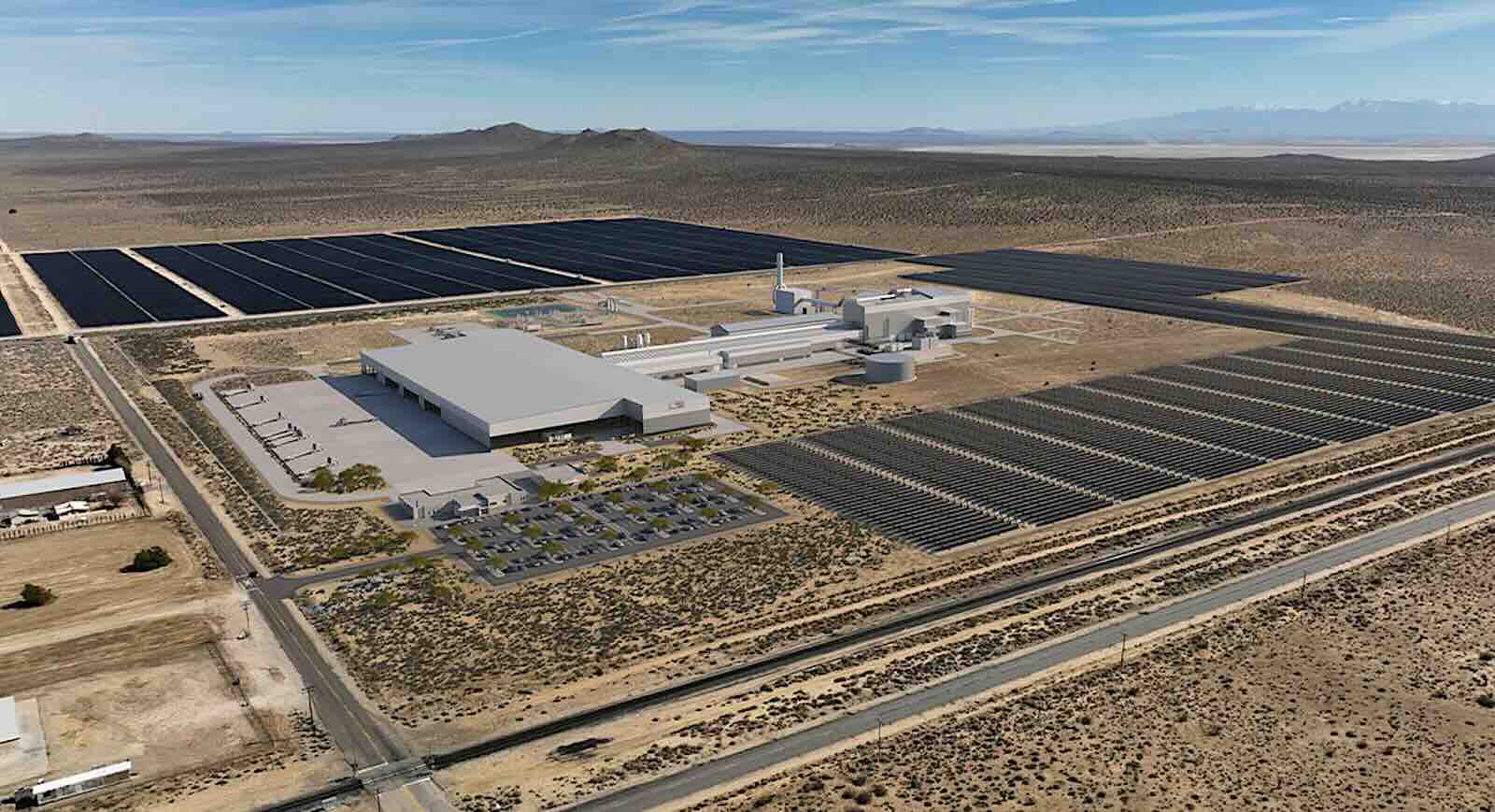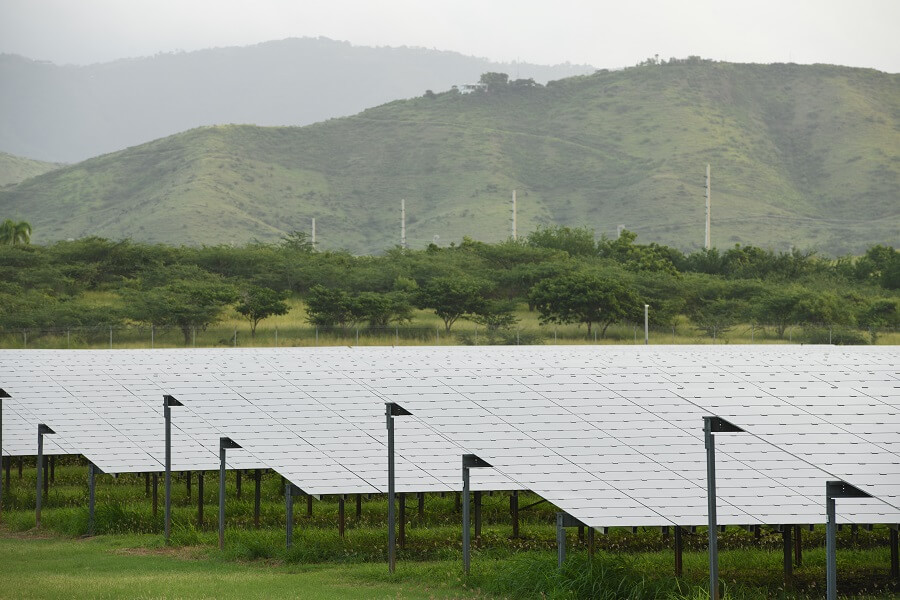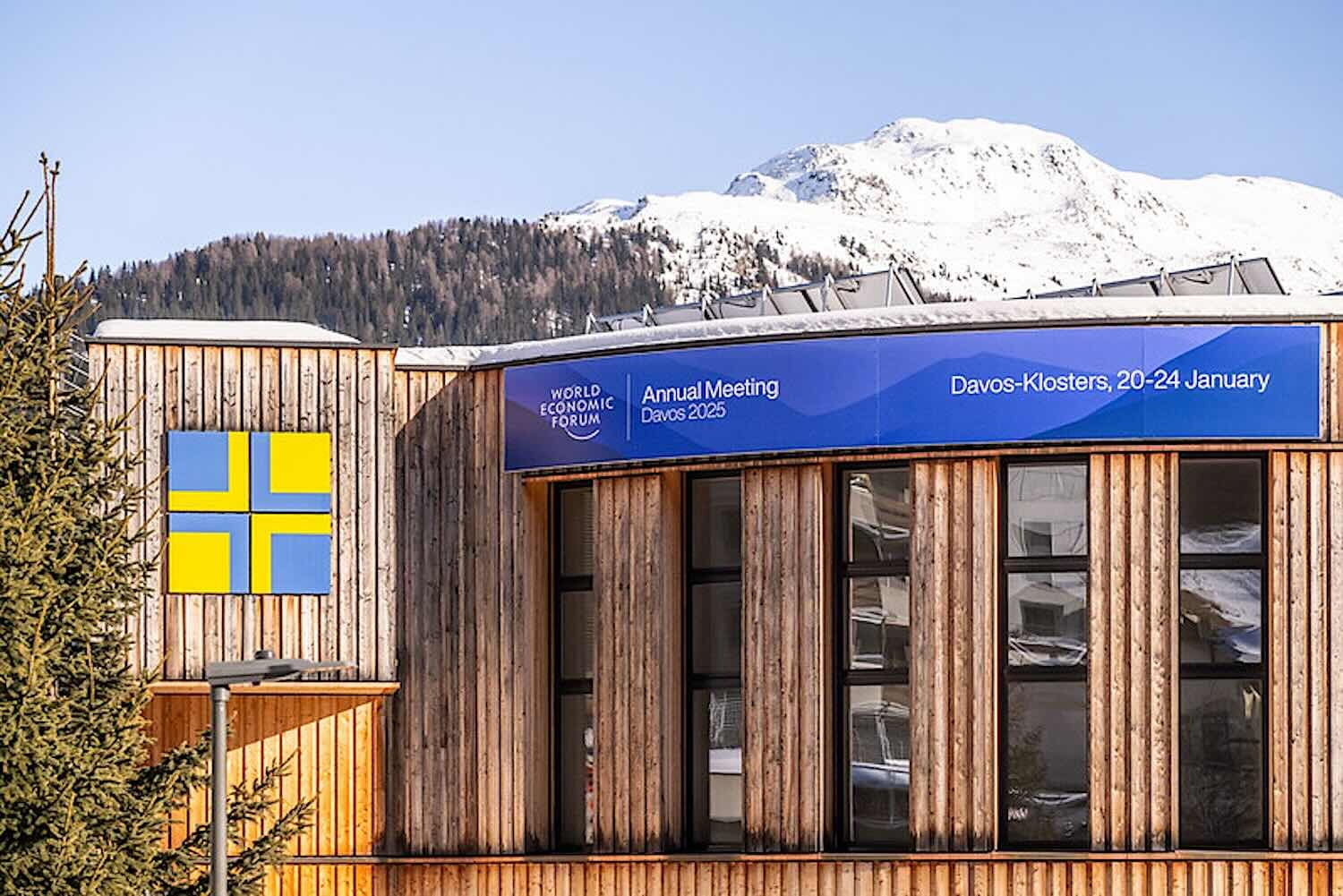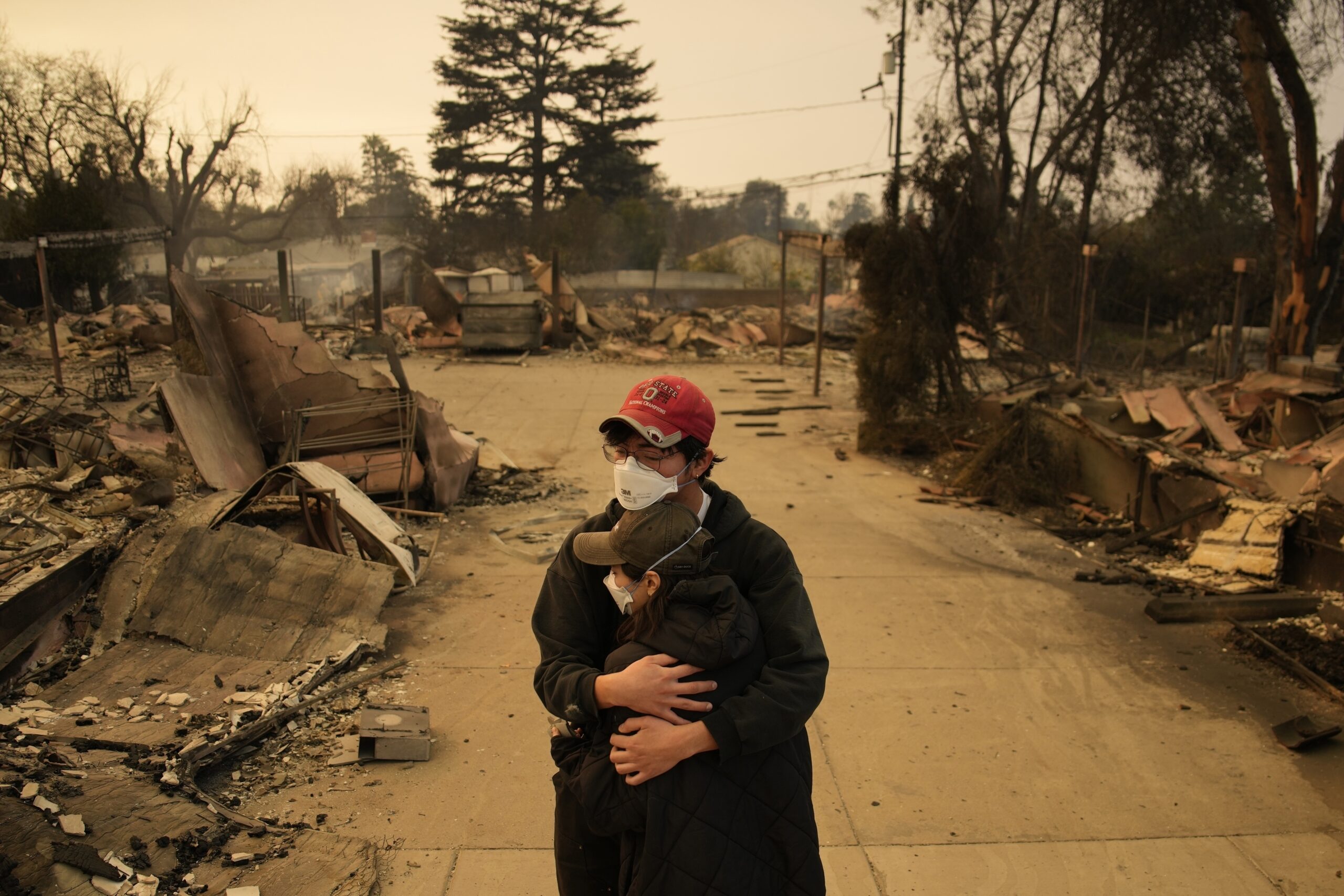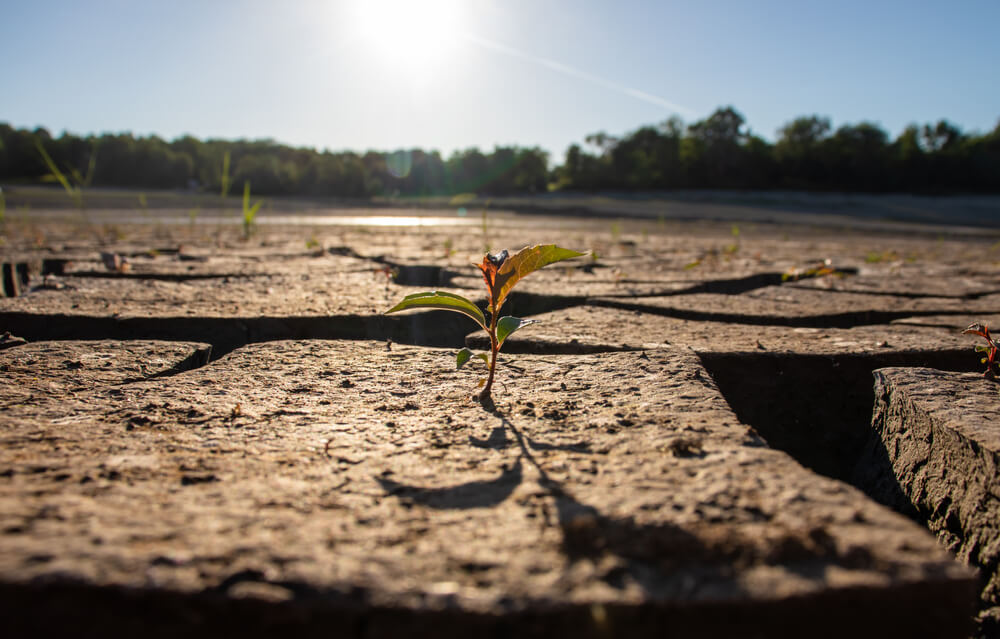Calvert Impact launched its “cut carbon notes” last year as a way of raising capital to help green commercial and multifamily buildings. The notes back bonds and other financial instruments issued under state-supported Commercial Property Assessed Clean Energy, or C-PACE, financing programs. C-PACE allows building owners and developers to secure upfront financing for green construction or energy upgrades, then repay the debt over time through “benefit assessments” on their property’s tax bill.
Calvert is looking to raise $18.8 million through its second note series to invest in projects like healthcare company LactaLogics’ new headquarters in Port St. Lucie, Fla.
Democratizing impact
The notes, which require a minimum investment of $1,000, are the first offering to give everyday investors access to the C-PACE funding market (see related, “Impact products aim to shift portfolio allocations in bonds, private credit and cash“). They’re the latest offering from Calvert that makes impact investing accessible to retail as well as institutional investors. Calvery has sold more than $2.5 billion community impact notes since debuting them nearly two decades ago. Calvert’s initial cut carbon notes issued last year raised $30 million from 70 investors as part of a planned $400 million series.
About $17.5 million of the second cut carbon note issuance has a AAA rating from Morningstar. The remaining portion is divided into AA and BBB rated classes and is fully subscribed.
Greening buildings. Buildings are responsible for 40% of global carbon emissions, mostly from the energy used to heat, cool and power them. Calvert-backed Climate United, a coalition that includes community lender Self-Help and multifamily affordable housing financier Community Preservation Corp., was awarded nearly $7 billion from the Greenhouse Gas Reduction Fund earlier this year to help local lenders finance green upgrades for consumers, small businesses, schools, multifamily housing and community infrastructure.





